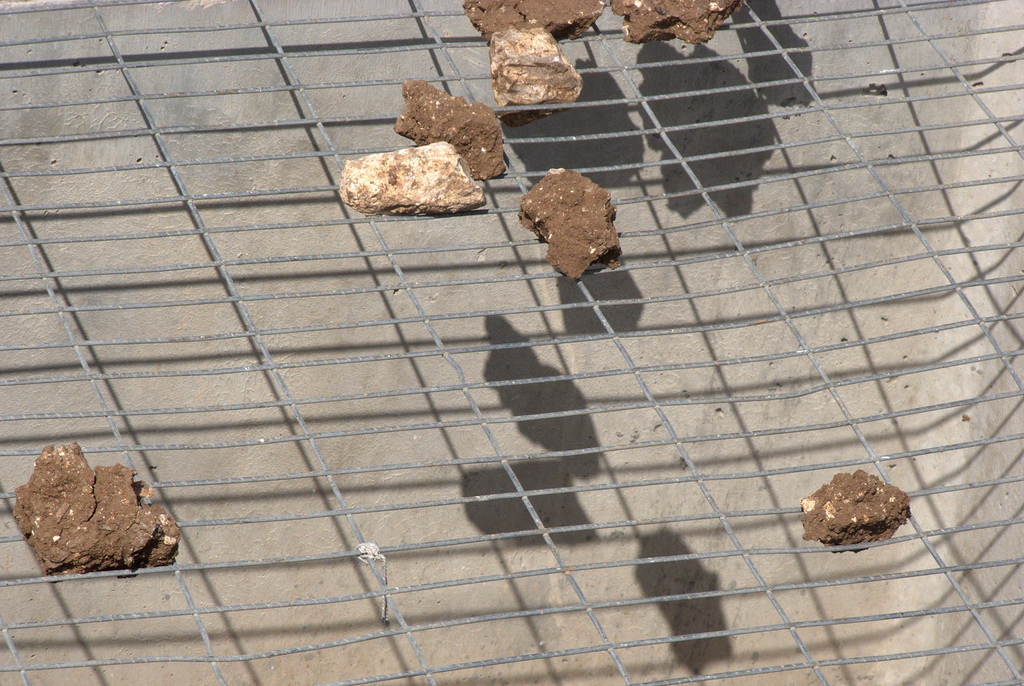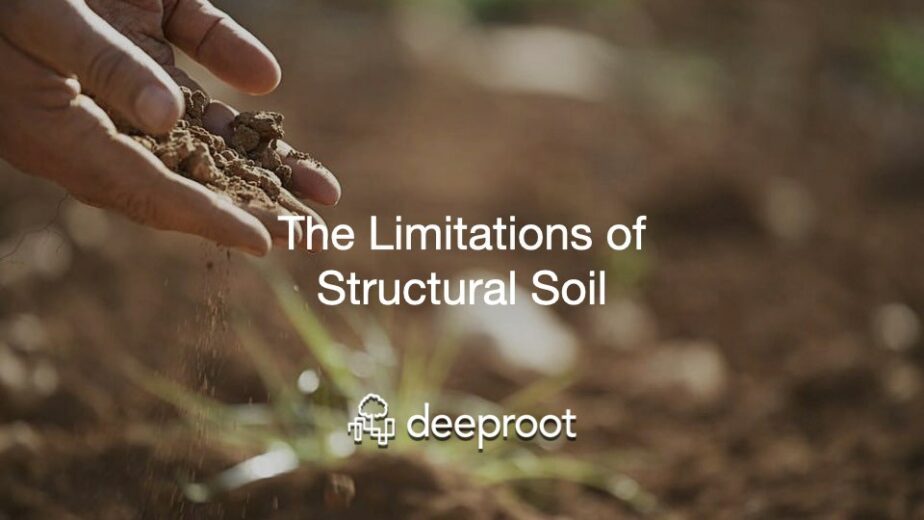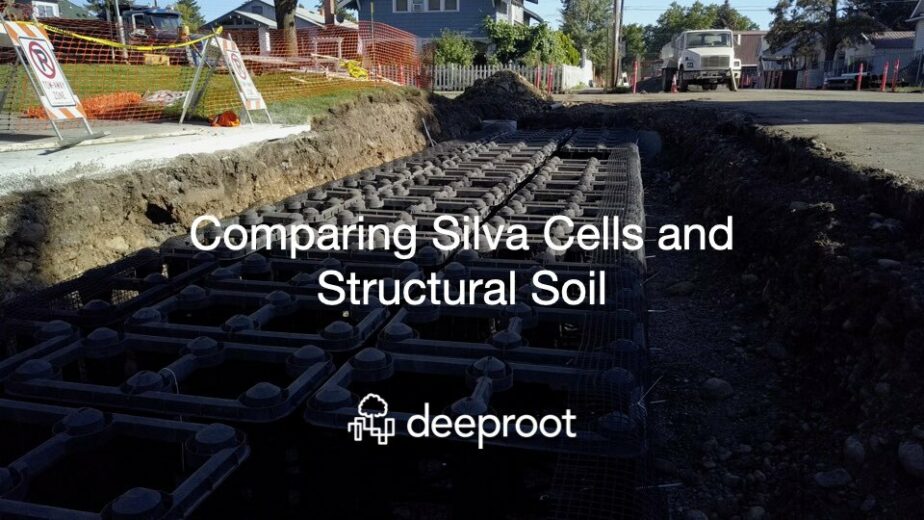A recent issue of the Ontario Association of Landscape Architects (OALA) magazine, Ground, contained a great discussion between nine professionals on the topic of soil. James Urban, FASLA, ISA, wrote to the magazine to add a few more comments to the piece – taking issue with the contention that what we plant in shouldn’t be called dirt, and calling out soil screening as a source of many (avoidable) problems with engineered soils. This post is a modified version of that letter. -LM
“It’s not ‘dirt,’ it’s ‘soil.’” People are fond of saying this when referring to the material that we put plants into in urban landscapes every day. Partially to shock and partially to add perspective, I want to say that not everyone agrees that what we plant in should “not be called dirt.”
I think it might help the discussion to reserve the word soil to be used only when it meets the terms of the agricultural soil scientist, that being natural undisturbed soil. The Soil Science Society of America (SSSA) recently created a fabulous exhibit on soil called “Dig It” that is touring American museums. The exhibit’s first informational plaque explains, and I am seriously paraphrasing here, that dirt is mineral/organic material in which we can grow plants, while soil is “dirt with a history,” meaning the horizons, profiles, and structure that evolve over a millennium. In a discussion that I had many years ago with a reputable soil scientist, he said “As soon as you put soil in a truck it is dirt.” That works for me, and I think I have almost never planted a tree in soil, always dirt. We must be very clear that altering profile and structure in soil does great. I think this issue is the elephant in the room, and until we understand this point all discussion of engineered soil, compost tea, and soil amendments is pure distraction. I think we need a new term for dirt, but for now dirt can be an understandable term and I will use the terms soil and dirt in their correct context.
If soil structure is so important, then why do we screen our topsoil to make sure we get rid of all the structure? We then add a great quantity of sand to replace the drainage function of structure. The sand has no organic matter, so we add compost or other material to raise the organic content back up. In sandy dirt, organic matter actually can reduce drainage so we add even more sand to be sure the compost does not go anaerobic. The result is dead or dying engineered dirt, so we then spray compost tea and mycorrhizal inoculation to bring life back. I am still somewhat trapped in this Catch 22 effort. My book “Up By Roots,” along with many of the other references, dance along to the engineered dirt mantra. Sure the plants may actually grow in the sandy material, but is it better or even equal? Is it sustainable?
Since completing my book in 2007, I have continued observing and exploring soil and dirt. Somewhere along the way I came to the realization that possibly the dirt screener was the start of problem. I recently had the honor of helping to design the lawn soil for the National Mall in Washington DC, working in the space that Olmstead Jr helped to construct after World War I. We had an excellent team of the best soil and turf scientists. Observing the results of our work, the turf looks good – but when I compare it to the turf growing in the un-amended, Olmsteadian topsoil the view was depressing. Olmstead’s turf was greener, and the trees were growing fabulously (Dutch Elm disease aside). At a large east coast university, they have been installing engineered dirt for more than ten years on various campus projects. The results have been not all that great, so the campus grounds team took the dirt that was originally removed to make room for the engineered dirt and are getting much better resultswith it. They mix in sand and do fairly coarse screening but the mix has much more brown, fine-grained material than most of us would dare put in current engineered mixes.
If engineered dirt for use in tree, shrub, and casual lawn applications were well researched, I might be less jaundiced about the concept, but it is not. Funding for landscape research other than golf and athletic fields is almost non-existent. We need basic research on this topic, and must demand that the soil industry support the claims and sustainability praises we hear. Other industries could not get away with selling this large an idea with so little research.
In Toronto, the city’s new tree planting medium specification is venturing into eliminating the soil screener and reducing the sand. I hope that with additional research they can push the ratio of topsoil to sand even further to the brown side. Compost in the Toronto mix is also greatly reduced, reflecting discussions in the article about organic cycling and stability. Additional compost, when needed, is to be tilled into the top layer after installation to kick off the rebuilding of an A-horizon.
We are overly reliant on a few laboratory tests, mostly chemical, as the only metrics in our dirt specifications. Landscape architects need to be more focused on the physical aspects of dirt and start learning how to observe and use soil and dirt texture, color, structure, profile as important metrics in evaluating existing earth material at the site, some of which may be soil; when recycling the materials; as well as using these observational tools to specify alterations and amendments to existing and imported dirt.
Please keep pushing the soil/dirt discussion. It will pay handsome dividends both to the profession and the environment. Dig it!
James Urban, FASLA, ISA is the author of Up By Roots: Healthy Trees and Soils in the Built Environment.
Flickr image: zeevveez






I appreciate this information about soil. It is good to know that soil structure is very important and that screening is not necessarily an essential step. It would be best to find soil with its original goodness. Something to consider would be to invest in quality soil that can be purchased for a price within your budget.
Digging in the dirt sounds different than digging in the soil though. Good blog post!